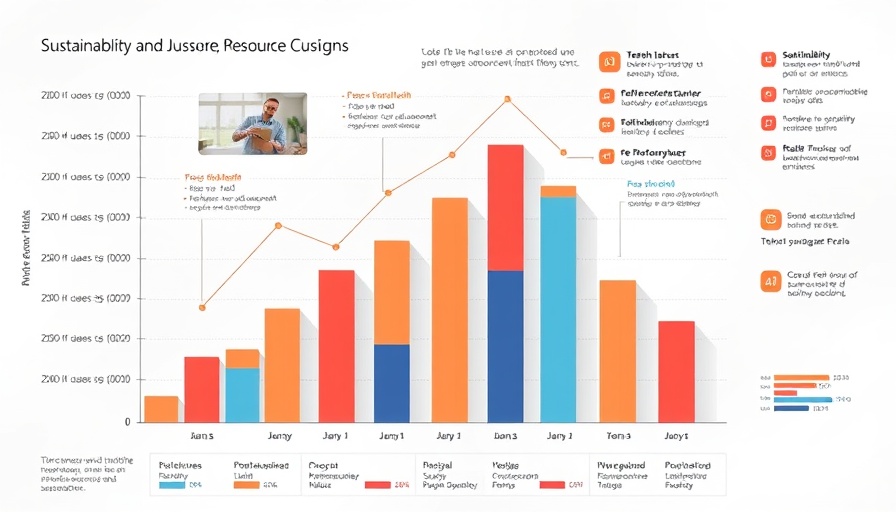
The Future of EVs: Embracing Bidirectional Charging for a Sustainable Energy System
The energy transition is at a pivotal moment. For years, the rise in electric vehicles (EVs) and solar panels has been aided by various subsidies and tax benefits. However, as these incentives rapidly vanish, the same forces that once propelled sustainability seem now to stifle it. Instead of succumbing to stagnation, we may find a silver lining in the advent of bidirectional charging, making EVs indispensable to a resilient and sustainable energy network.
Are Subsidy Cuts a Stumbling Block or an Opportunity?
The discontinuation of initiatives such as the SEPP (Subsidies for Sustainable Mobility), along with the exemption from motor vehicle tax (BPM), applies pressure on EV adoption. Once a gateway for many consumers, the cessation of these financial incentives raises cost considerations, particularly when financing an EV. Buyers must now adopt a more critical perspective regarding the total cost of ownership.
But this transformation doesn’t have to lead to a halt in EV progress. The removal of subsidies opens up avenues for sustainable technologies that can prove their worth—like bidirectional charging. This emerging technology allows EVs not just to consume energy but to give back. Imagine charging your vehicle with solar energy during the day, then supplying energy back to your home at night when demand peaks.
The Shadow Side of Solar Energy
Similarly, the solar energy sector is grappling with similar challenges. The scaling back of net-metering policies, which allows for excess solar production to be sent back to the grid, has made it less appealing to harvest surplus energy. Research suggests that in just one year, 2024, approximately three terawatt-hours of renewable energy will be wasted simply because it cannot be effectively stored or utilized. The urgency for innovation in energy storage and effective allocation of renewable sources is paramount.
Transforming Charging Stations into Energy Hubs
This is where bidirectional charging—also known as Vehicle-to-Grid (V2G)—comes into play. With bidirectional charging capabilities, EVs can act not only as energy consumers but also as suppliers to homes and the electric grid. This approach maximizes the use of self-generated solar energy and helps lower electricity bills by reducing reliance on grid energy.
Integrating an EV into one's energy strategy transforms the car into a mobile battery, offering flexible options within the energy ecosystem. This creates a win-win scenario: electric vehicles become tools for personal savings and significant contributors to collective energy efforts.
Investing in an Energy Future
Although vehicles equipped with bidirectional charging are often more expensive, the investment is justifiable. By harnessing personal solar energy production, one can:
- Maximize utilization of self-produced energy
- Reduce overall energy bills
- Actively contribute to balancing grid load
Such assets transform the electric car from a cost center into a valuable resource that contributes to a more sustainable energy system.
EVs as Catalysts for Systemic Change
The future of electric transportation relies on smart integrations rather than merely government subsidies. By incorporating EVs as energy storage assets into a decentralized energy framework, we unlock new horizons of potential. The electric vehicle evolves beyond a simple transportation solution to stand as a pivotal energy hub in our ecological transition.
Combining technological advancements with conscientious public policy and proactive consumer behavior creates the pathway for a robust, sustainable energy framework—one where EVs become critical components driving our environmental shift.
Final Thoughts: Taking Action for Sustainability
As the landscape of EV adoption continues to shift with the removal of subsidies, the call for a sustainable energy future has never been clearer. Engaging in the shift to bidirectional charging not only empowers individual consumers but also aligns with broader environmental goals. By understanding and investing in these technologies, we can help shape a more sustainable future that benefits not just ourselves but the community and planet.
For those inspired to take action, whether it's considering an EV purchase or advocating for green technology developments, every move counts toward realizing a more sustainable energy ecosystem.
 Rij toevoegen
Rij toevoegen






Write A Comment